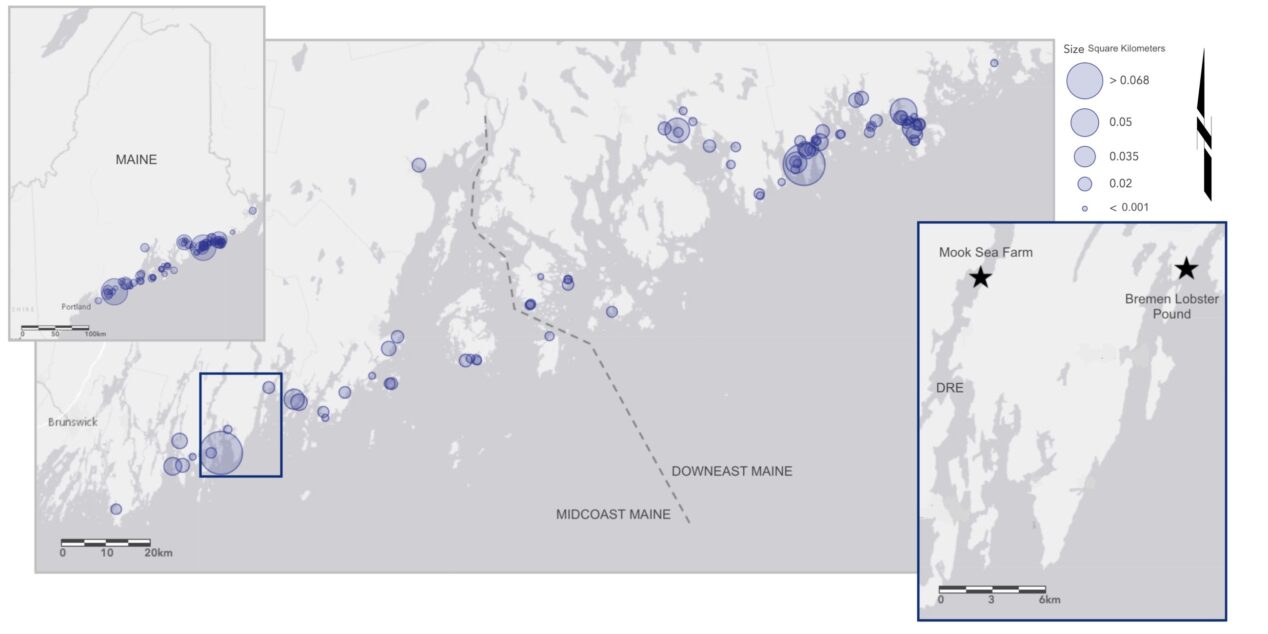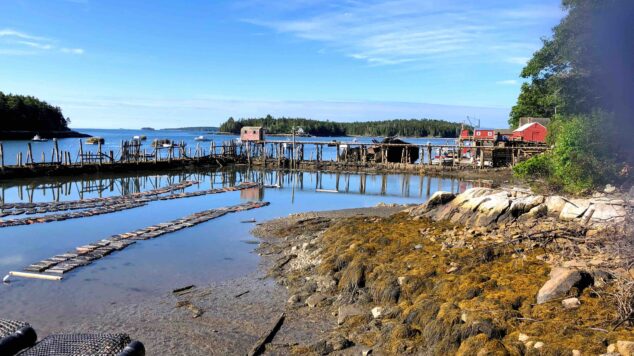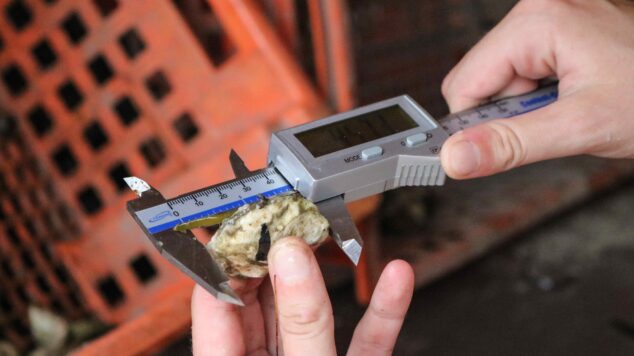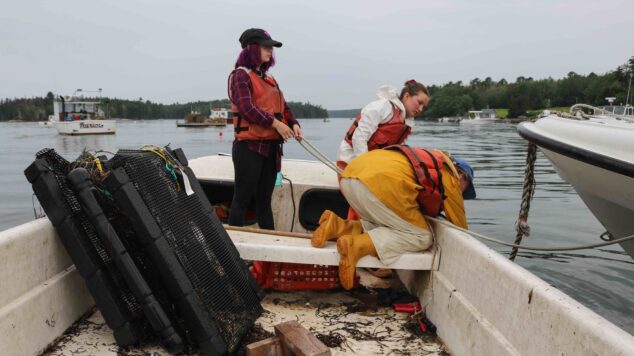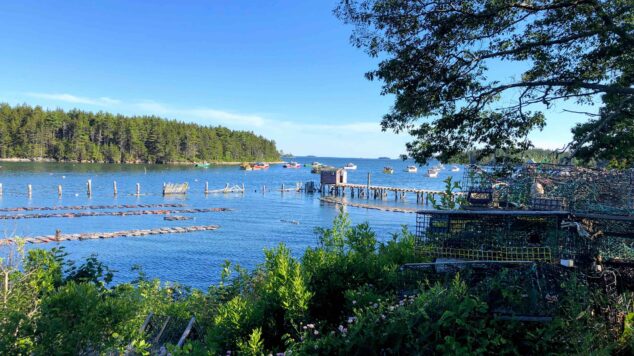Repurposing Lobster Impoundments for Oyster Aquaculture
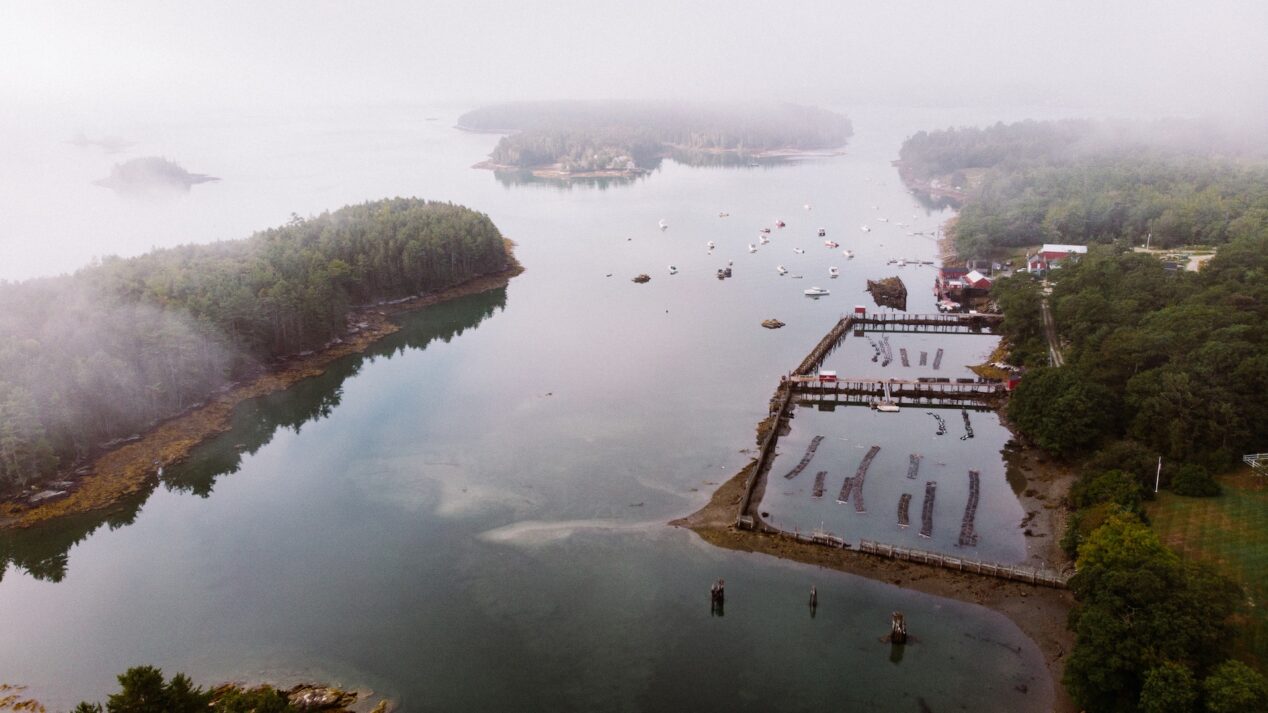
Lobster pounds hold potential as a boundary object to bond traditional fishing knowledge and workers with aquaculture and practices of marine cultivation. Resilience papers tell us that traditional fisheries and economies would be stronger with a more diverse catch. However, despite the draw of aquaculture as a sustainable long term fishery, there is yet little transition of traditional fishing to farms in Maine. The lack of diversification of Maine’s commercial fishing industry could be due to barriers that obstruct commercial fishermen from entering the aquaculture industry. Lobster pounds have the potential to deconstruct some of these barriers as they are usually near traditional lobster landing locations, and their rights are typically owned by fishermen. Diversification of fisheries is particularly prudent at this moment due to potential negative impacts of climate change on traditional fisheries, namely the lobster industry, which is predicted to experience a 40-62% decline by 2030.

"Diversification of fisheries is particularly prudent at this moment due to potential negative impacts of climate change on traditional fisheries, namely the lobster industry, which is predicted to experience a 40-62% decline by 2030."
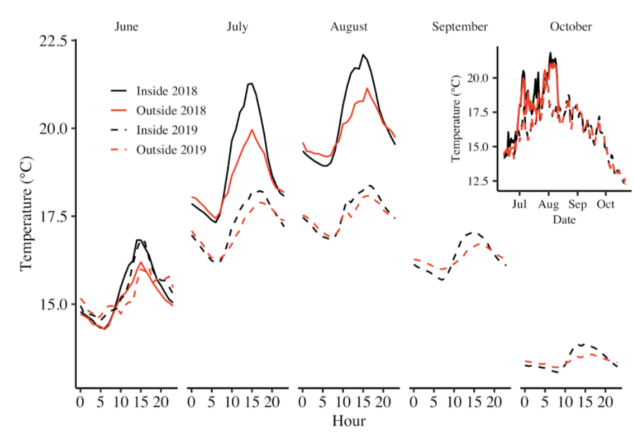
Our team compiled multiple lists of lobster pounds in the state of Maine to find 299 known acres split between Downeast and Midcoast Maine. 134 of these acres are in Downeast Maine, an area yet to catch the oyster farming bug. Lack of new farms in Downeast is in part due to cooler temperatures which are unfit for marketable oyster growth. Pounds however have the potential to artificially raise temperature within embayments, and can be controlled further with use of sleuth gates. Though little is yet known about specific pounds in Downeast, which likely have different temperature boosts due to a variety of factors (size, type of impoundment, geomorphology, and location), these pounds hold potential as farm areas and boundary objects to diversify catch in the region. If conditions prove inhospitable for oysters, pounds have also been suggested as farm areas for quahogs, surf clams, green sea urchins, and scallops. Our study found that the lobster pound in Bremen Maine is suitable for oyster growth to reach 70-75mm in three years (a marketable growth rate), suggesting that similar structures may also be fit for farm leases. While pound conditions stimulate marketable growth rates, they also provide other benefits including prevention of bag loss during storm surges, clear boundaries for lease sites, and, most notably, locations close to traditional fisheries and modes of distribution.
